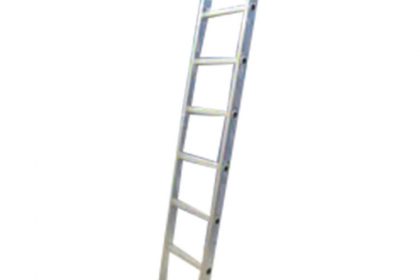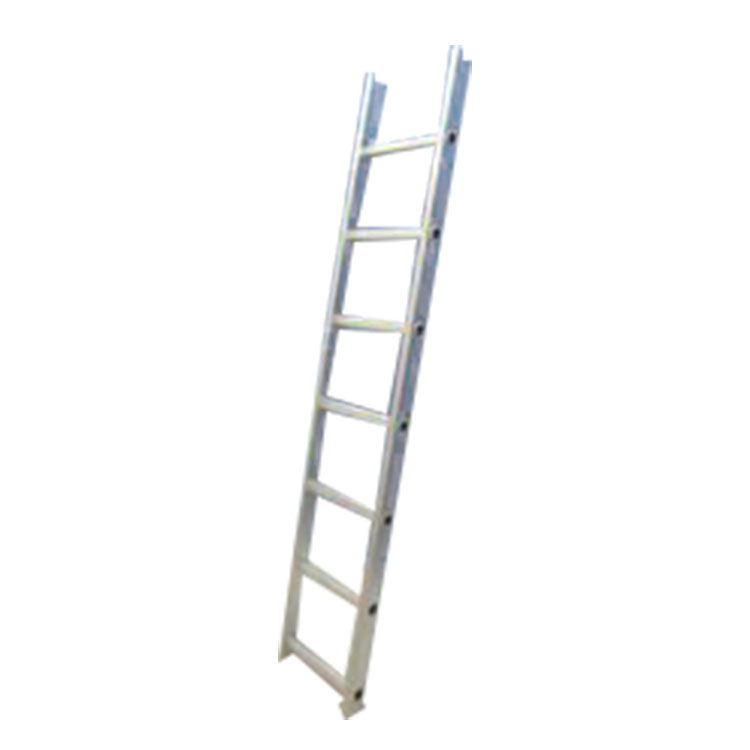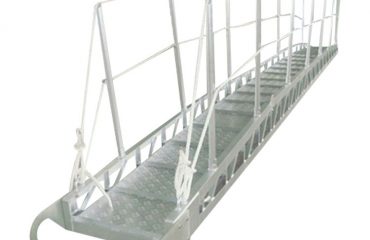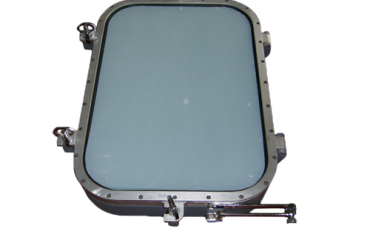

When navigating safety regulations for ship ladders, it is essential to consider the following key aspects:
- Design and Construction: Ship ladders must be designed and constructed to withstand the maritime environment, including exposure to saltwater, chemicals, and extreme weather conditions. The materials used for ship ladders must be durable, corrosion-resistant, and compliant with relevant standards.
- Dimensions and Inclination: Ship ladders must have appropriate dimensions and inclination angles to ensure safe and comfortable access for users. The height and width of the ladder, as well as the spacing of the treads, must comply with regulations to prevent tripping hazards and ensure stability.
- Handrails and Guardrails: Ship ladders must have handrails on both sides to provide support and prevent falls. These handrails must be of a suitable height and strength to withstand the forces applied during use. Guardrails may also be required in certain areas to prevent accidental falls over the side of the ladder.
- Maintenance and Inspection: Ship ladders must be regularly inspected and maintained to ensure they remain in good condition and safe for use. Inspections should be carried out by qualified personnel and documented according to regulatory requirements. Any defects or damage must be promptly repaired to prevent accidents.
- Training and Familiarization: Crew members and passengers who use ship ladders must receive proper training and familiarization to ensure they understand how to safely navigate the ladder. This training should cover proper technique for ascending and descending, as well as emergency procedures in case of a fall or other incident.





